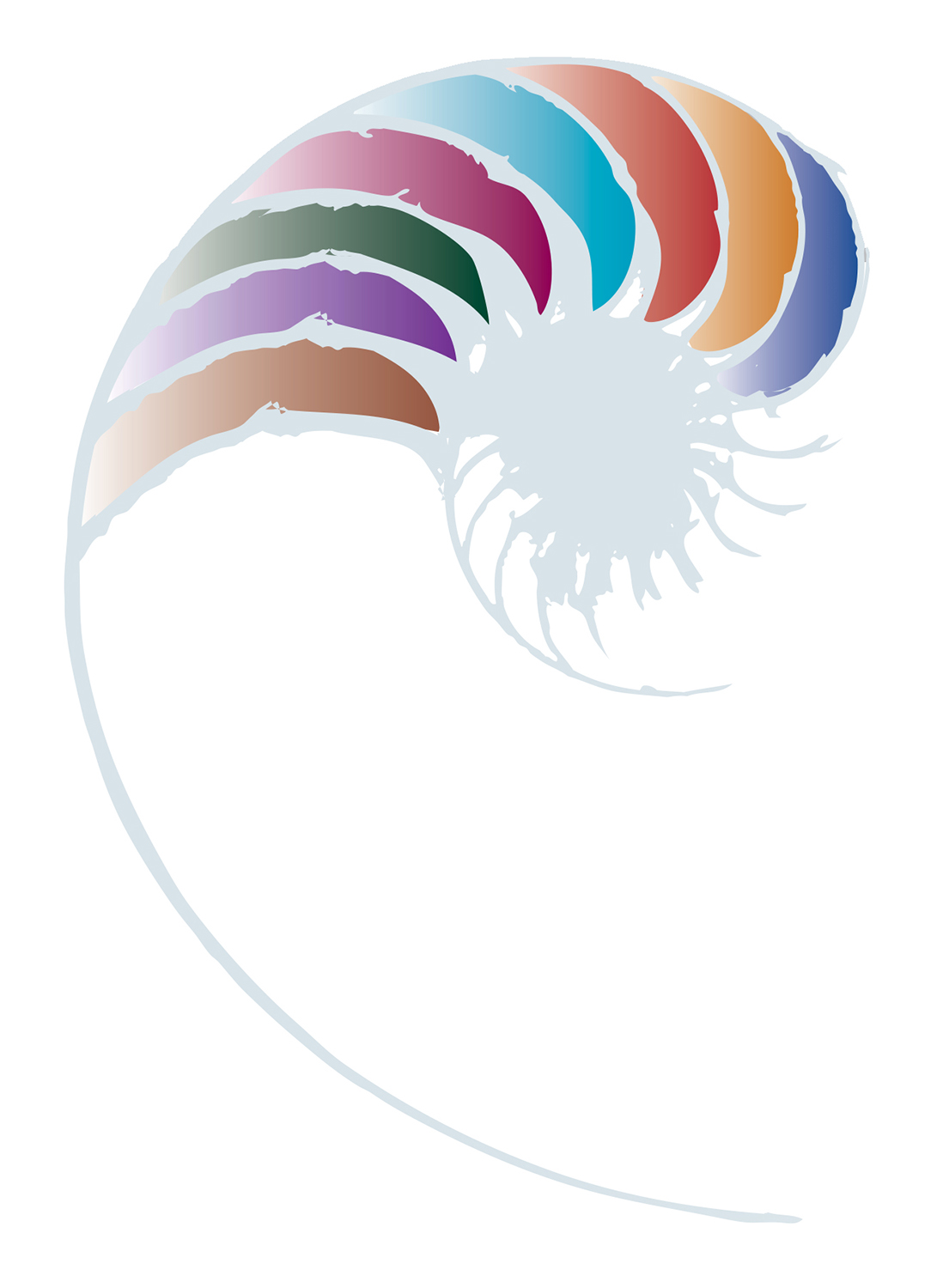Updated Early Learning Curriculum Framework in use from 1 May
19 April 2024
From 1 May this year, early learning services will start using the updated Early Learning Curriculum Framework. At that time, all licensed services and certified playgroups (except ngā kōhanga reo) will need to implement either Te Ara Whānui or Te Ara Māori. Ngā kōhanga reo will use Te Whāriki a te Kōhanga Reo, and we are working with Kōhanga Reo National Trust to continue supporting those services. This article covers what the updated curriculum framework is, and what’s required to implement it.
Where are we coming from?
On 21 April 2023 a notice was issued in Te Kāhiti o Aotearoa | The New Zealand Gazette to expand the legal curriculum framework for early learning from 1 May 2024. Prior to this change, just the principles and strands of Te Whāriki were part of the legal framework.
Now, from 1 May, the updated framework will include all four parts of Te Whāriki: its principles, strands, goals, and learning outcomes. As part of this change, Te Ara Māori was included within the existing framework of Te Whāriki. The updated legal curriculum framework includes:
• Te Ara Whānui. The existing principles, strands, goals and learning outcomes of the current Te Whāriki (2017).
• Te Ara Māori, which includes the existing principles and strands, but provides a new te ao Māori interpretation of the goals and learning outcomes.
• Te Whāriki a te Kōhanga Reo – the curriculum pathway for ngā kōhanga reo.
The three pathways
Te Ara Whānui means the broad, extensive path. It is the existing bicultural pathway in Te Whāriki: he whāriki mātauranga mō ngā mokopuna o Aotearoa that was refreshed in 2017. It will be used by most early learning services.
Te Ara Māori means the Māori path. The principles and strands are the same as Te Ara Whānui, however Te Ara Māori includes a te ao Māori interpretation of the goals and learning outcomes of Te Whāriki in te reo Māori. It offers a clear pathway for Puna Reo, Māori-medium, and bilingual early learning services. All early learning services who choose this pathway will use a minimum of 50% te reo Māori on a daily basis, and will be able to sustain and grow this.
Te Whāriki a te Kōhanga Reo is the curriculum framework specifically for ngā kōhanga reo.
Choosing the appropriate pathway
Services will need to make their chosen pathway visible in their curriculum, assessment, planning, and evaluation practices. It also needs to be clear to whanau, the community, the Education Review Office, and the Ministry of Education.
There is no form to fill in, however, services will need to inform ERO and the Ministry of Education prior to ERO assessment visits or licensing visits.
You will choose Te Ara Whānui if:
• English is the main language in your early learning service
• your early learning service is a Pacific immersion or bilingual early learning setting.
• your early learning service is an immersion or bilingual service in a language other than English or te reo Māori.
The inclusion of te reo Māori and te ao Māori is still a part of Te Ara Whānui.
You will choose Te Ara Māori if:
• you are a Puna Reo, Māori-medium, or Māori bilingual early learning service
• you use more than 50% te reo Māori in your service
• your early learning service is built on te ao Māori worldviews and is supported by whānau Māori, hapū, and iwi
• you have several Māori-speaking kaiako
• you can participate in external evaluation with the Education Review Office Māori medium team.
More information and support
More resources are coming, so keep an eye out here, and in our newsletters and bulletins, for when those will be ready for you to use.
The full gazette notice is available for you to read here: The updated Early Learning Curriculum Framework - New Zealand Gazette
Your local Ministry office can also provide some extra support. Contact them here: Local Ministry offices – Education in New Zealand



